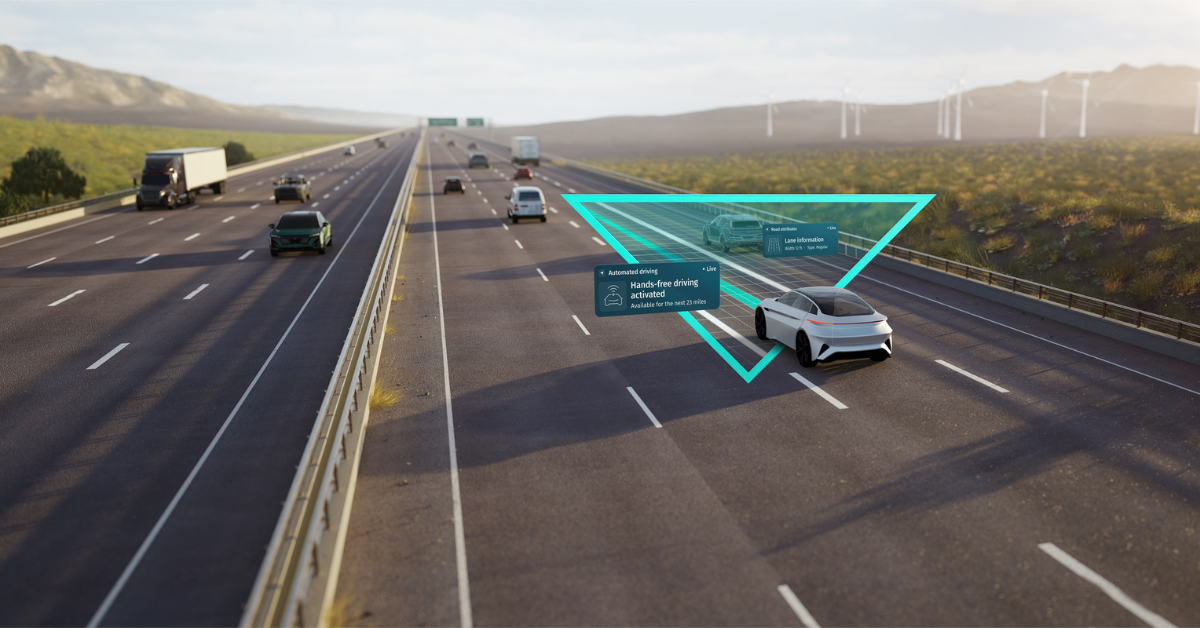Shifting the mobility paradigm - part I

SMART CITIES FOCUS: ITALY
Intertraffic takes a detailed look at the Italian smart city movement from three different perspectives over two parts. In part two, high-level representatives from Bologna and Milan give us a behind the scenes look at how their cities are helping to speed the mobility transition in decidedly different ways, while in part one we take a detailed dive into the complexities of Italian smart city funding
Italy is home to some of the most beautiful cities on earth. Tourists flock from all over the world to visit the likes of Venice, Florence, Rome and Cinque Terre, but it’s not just the beautiful architecture that these conurbations are known for.
Italy’s smart city movement may (perhaps) have got off to a slower start than their counterparts in the Netherlands and the UK, by way of two examples, but Bologna and Milan, among others, are pressing ahead with some impressive projects. Before we hear from those cities let’s take a look at how those schemes (and others) are funded.
SIGNIFICANT BACKING
For green and digital projects there are several sources of funding (outlined below) from the European Commission (the European Regional Development Fund (ERDF), Recovery & Resilience Facility (RRF) of the NextGenerationEU package, Just Transition Fund and Horizon Europe (100 Smart Cities Mission), as well as sources of financing from InvestEU, the EIB Group and the EBRD.
Italy will receive around €20-25 billion from the ERDF and €69 billion from the RRF mainly for green and digital transition over 2021-2027. However, no specific information is yet available on projects or a green/digital sectoral split. The exact amounts of funding for sustainable mobility are not yet available but, assessing total budgets of all funds with their objectives, we can assume, or roughly estimate, for sustainable mobility that Italy should receive in the region of around:
c.€10-15 billion from the RRF - each Recovery & Resilience Plan (RRP) has to include a minimum of 37% of expenditures for climate investments and reforms and a minimum of 20% of expenditure for digital transition;
c.€5 billion from the ERDF resources;
c.€1 billion from the Just Transition Fund (total budget of €19 billion) but mainly for low-carbon industrial facilities;
c.€20-30 million from Horizon Europe 100 Smart Cities Mission for Italy’s nine smart cities - Bergamo, Bologna, Florence, Milan, Padova, Parma, Prato, Rome and Turin – see below.
Italy should receive around €100 billion for all sectors of the economy over the period 2021-2027, which is nearly 10% (second after Poland) of the entire EU budget for all Member States.
HORIZON EUROPE - EU Research & Innovation (R&I) 100 SMART CITIES PROGRAMME
In April 2022, the European Commission (Horizon Europe) announced the 100 Cities Mission which will receive the Commission’s support in achieving the goal of Climate-Neutral and Smart Cities by 2030. The 100 cities that have been selected to create a model for other cities in Europe include nine from Italy: Bergamo, Bologna, Florence, Milan, Padova, Parma, Prato, Rome and Turin.
The 100 Cities Mission is one of five Horizon Europe research and innovation programmes for 2021-2027. This initiative supports the cities to act as hubs of experimentation and innovation for green, digital and inclusive transformations. The 100 Cities Mission spans across all 27 Member States, with 12 additional cities from countries associated, or with the potential of being associated, to Horizon Europe. This Mission has a budget of €360 million for the period 2022-2023. We may therefore assume that Italy, with nine of these cities, could receive around €20-30 million.
The objective of the Cities Mission is to jumpstart research and innovation projects addressing clean mobility, energy efficiency and green urban planning.
The Commission will invite the selected cities to develop Climate City Contracts, which will include an overall plan for climate neutrality across a number of sectors including transport and energy, together with related investment plans. These Contracts will be co-created with local partners and citizens, with the help of a Mission Platform run by the project NetZeroCities. The Mission Platform will provide the necessary technical, regulatory and financial assistance to cities.
There will be support for R&I activities for developing, testing, demonstrating and scaling-up new and innovative solutions for climate neutrality in cities across sectors (e.g. energy efficiency, renewable energy, sustainable, safe and smart mobility, digitalisation etc.) through traditional calls for proposals but also through Horizon Europe new European partnerships. Strong contributions to the Cities Mission are also expected through Horizon Europe partnerships for:
- Towards zero-emission road transport (2ZERO) to accelerate the development of zero tailpipe emission transport in Europe for a climate-neutral and clean road transport system;
- Connected and Automated Driving (CCAM) to demonstrate inclusive, user-oriented and well-integrated mobility concepts, fostering cooperation between different transport modes, with increased safety, reduced congestion and a reduced environmental and carbon footprint.
With thanks to Margaret Pettit of Clematis Consulting for her valuable contributions.



